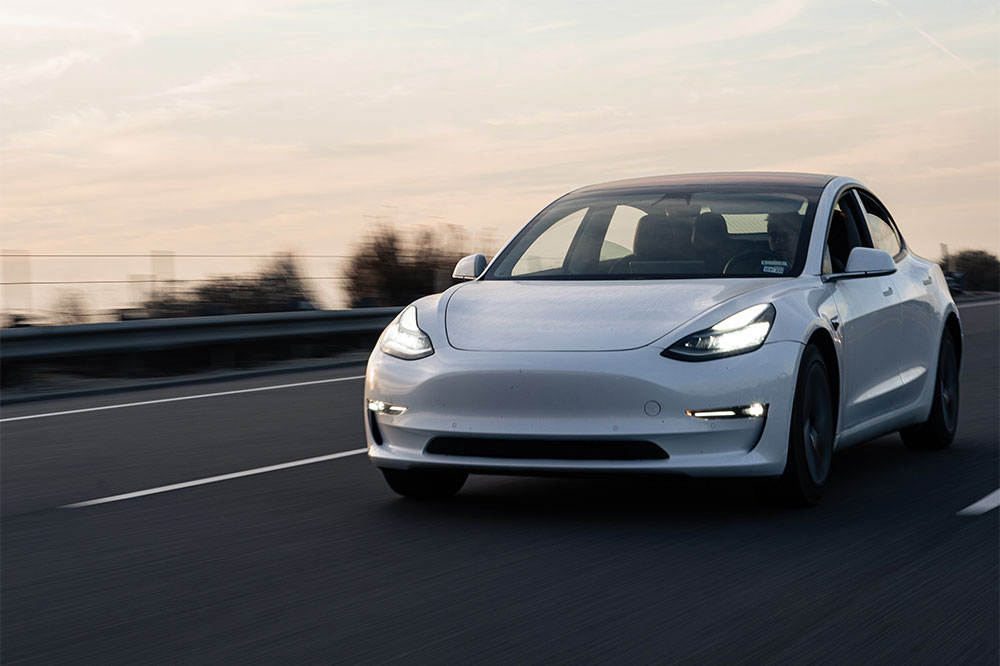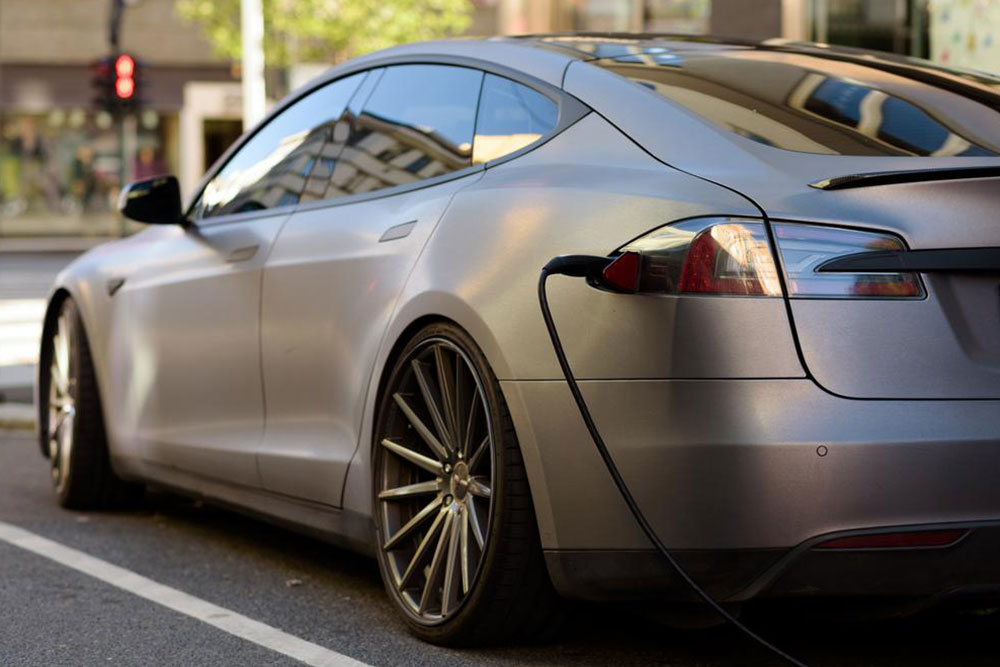Understanding How Electric Vehicles Operate
Explore how electric vehicles operate, focusing on their main components like batteries, controllers, and motors. Learn about regenerative braking, environmental benefits, cost efficiency, and differences from traditional gasoline cars. This overview highlights the innovative technology behind eco-friendly transportation and its growing role in sustainable mobility.

Understanding How Electric Vehicles Operate
Electric vehicles (EVs) utilize technology that predates internal combustion engines, with their origins dating back to the early 19th century. Initially, electric cars faced challenges in efficiency and practicality, especially when oil was cheap and plentiful. Now, with growing concerns over environmental impact and fuel costs, electric cars are gaining popularity. They operate on stored chemical energy within batteries, converting it electrochemically to power the motor. This eliminates emissions and reduces pollution, making EVs an eco-friendly transportation option.
Key components of an electric vehicle include batteries, controllers, and electric motors. When activated, the battery supplies electrical current, which is converted from 300VDC to 240VAC to suit the motor. The controller manages the power flow, adjusting torque and speed as needed. The electric motor then transforms electrical energy into mechanical movement, propelling the vehicle forward.
Regenerative braking is a crucial feature, capturing energy during deceleration and restoring up to 15% of the battery charge. In addition to the propulsion system, EVs feature typical vehicle electronics like airbags, climate controls, and braking systems. The primary motors used are DC brushless, AC induction, and permanent magnet types.
Compared to gasoline engines, electric motors are more environmentally friendly, especially when powered by renewable energy sources like solar or wind. They also offer cost benefits, with lower per-mile expenses, and can reach speeds up to 100 miles per hour. Charging an EV takes several hours, contrasted with minutes needed to refuel gasoline cars, highlighting ongoing improvements in fast-charging technologies.
Note:
The information presented aims to provide a comprehensive overview of electric vehicle workings. While our research strives for accuracy, readers should verify details independently, as data may vary across sources. The site does not assume responsibility for discrepancies or missing offers related to electric vehicles.










